It may sound like something straight out of an anime, but TRADY is a rotor-based flying robot that can combine to boost its strength and capabilities.
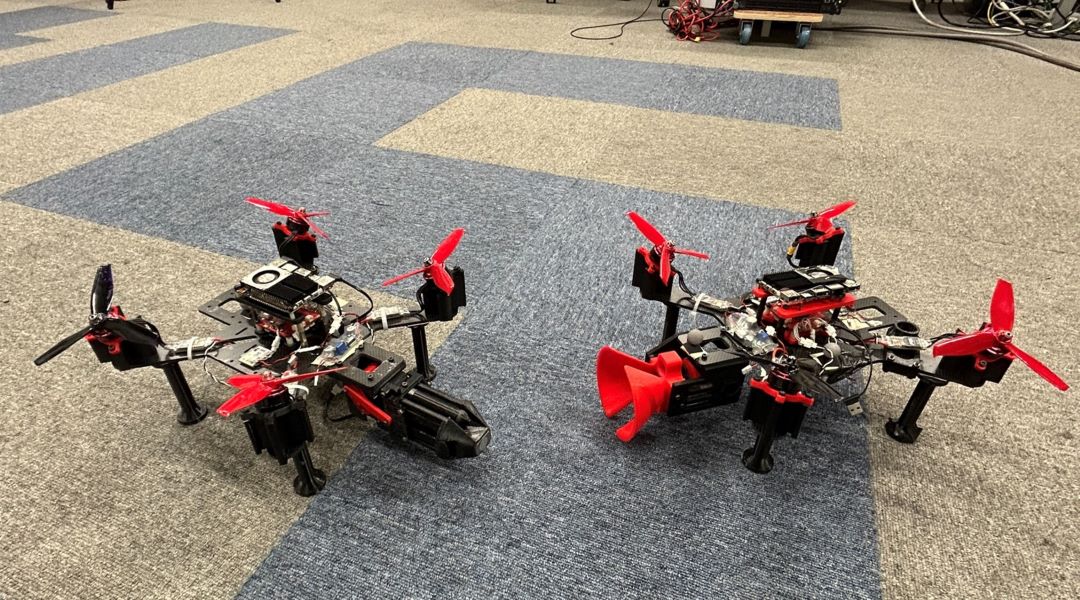

It may sound like something straight out of an anime, but TRADY is a rotor-based flying robot that can combine to boost its strength and capabilities.
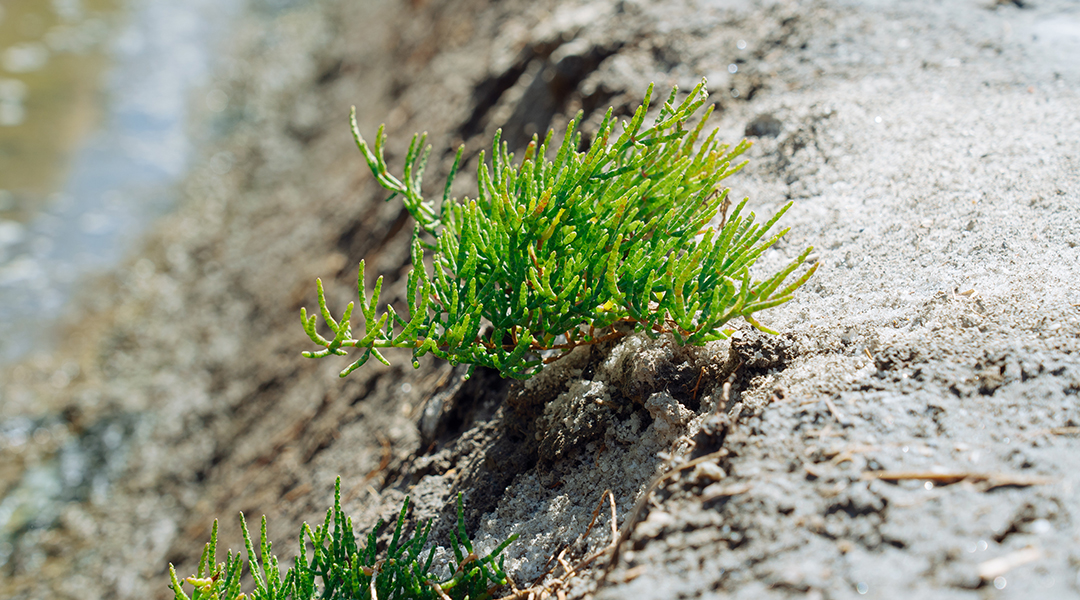
Inspired by sea asparagus, scientists design a conductive hydrogel that is stronger than natural rubbers and adapted for extreme environments.
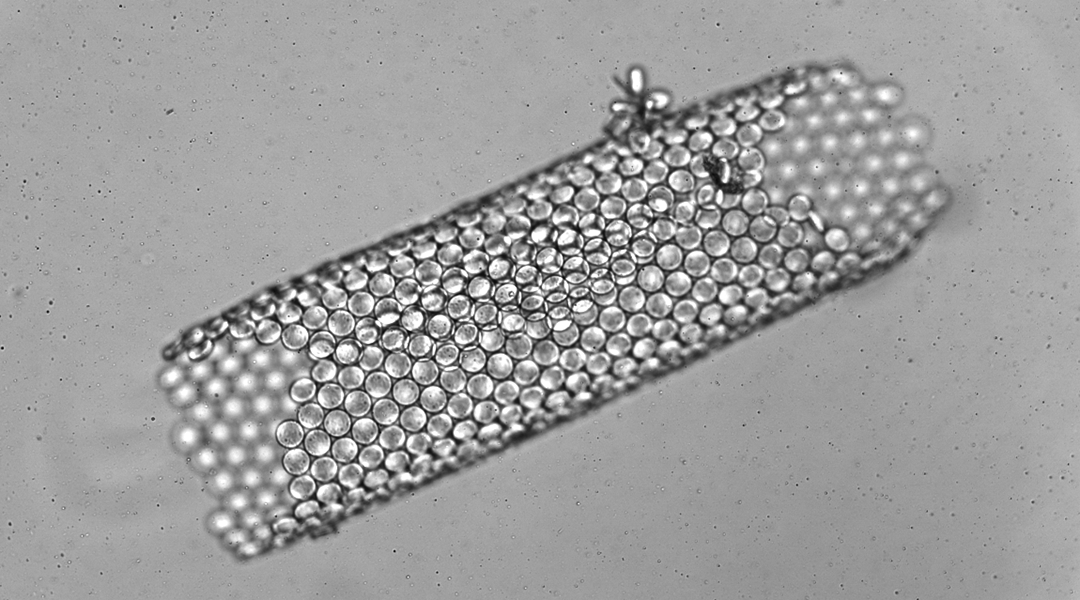
Scientists have developed a method to produce millimeter-scale soft robots by chemically binding hundreds of microrobots together.

A soft, biodegradable actuator that could drive the motion of biodegradable robots and a future in symbiosis with human operators.
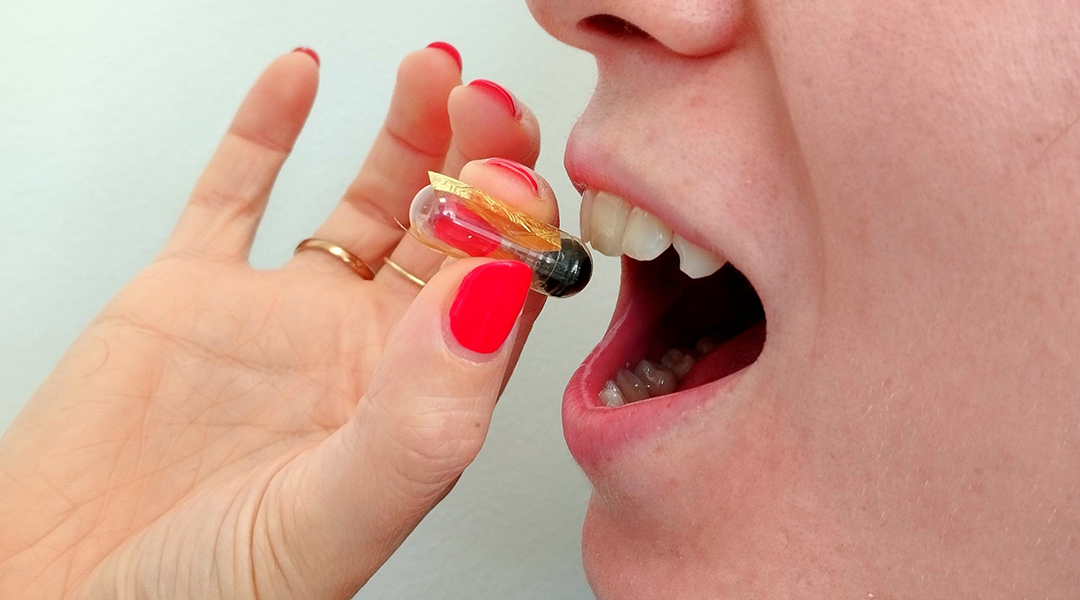
A partially edible robot based on a fully edible sensor addresses the burden of electronic waste while simultaneously acting as a nutrition source.

Biodegradable soft robots made from brown seaweed and hydrogels enable the exploration of fragile environments with minimal environmental impact.
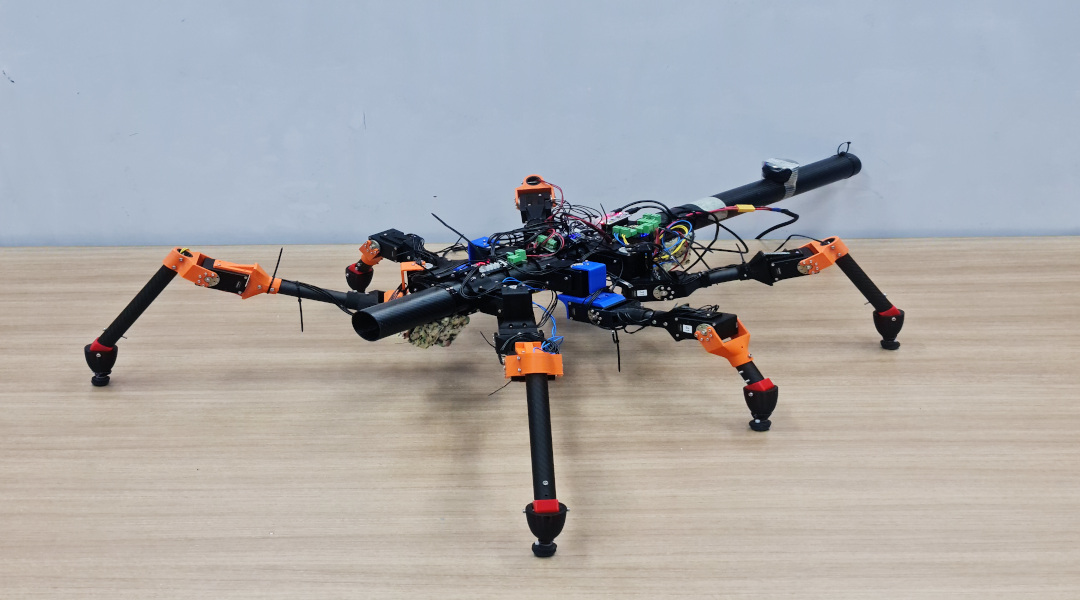
Researchers use stick insect locomotion as inspiration for machine learning approaches to teaching robots how to walk.
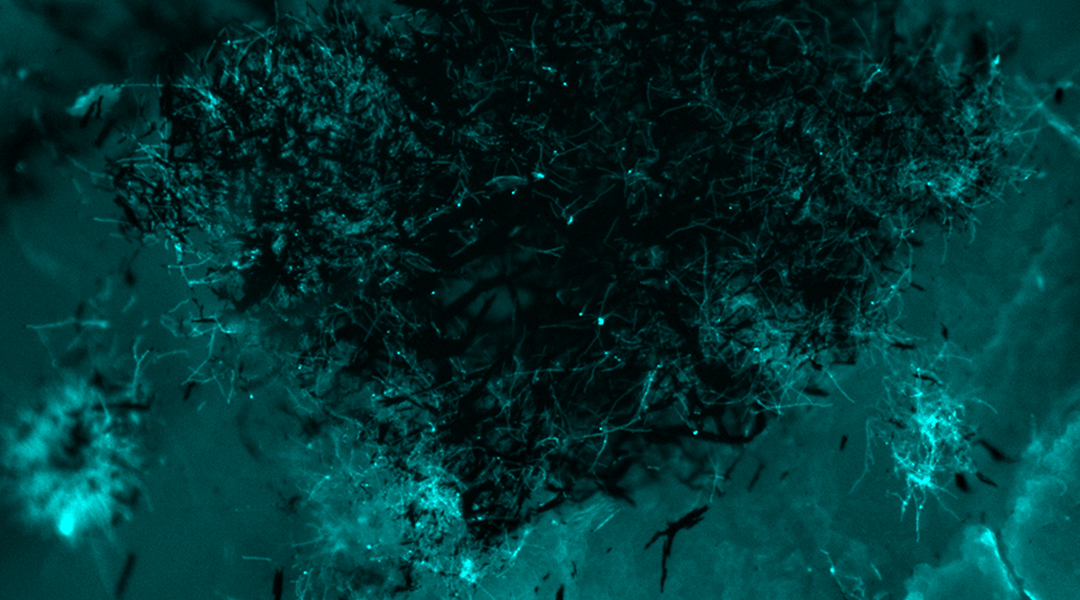
To curb the rising threat of fungal infections, researchers crafted iron oxide nanoparticles as speedy, effective, and inexpensive antifungal agents.

A shape-shifting robot can access hard-to-reach locations in the GI tract, and is a step up from conventional endoscopic techniques.
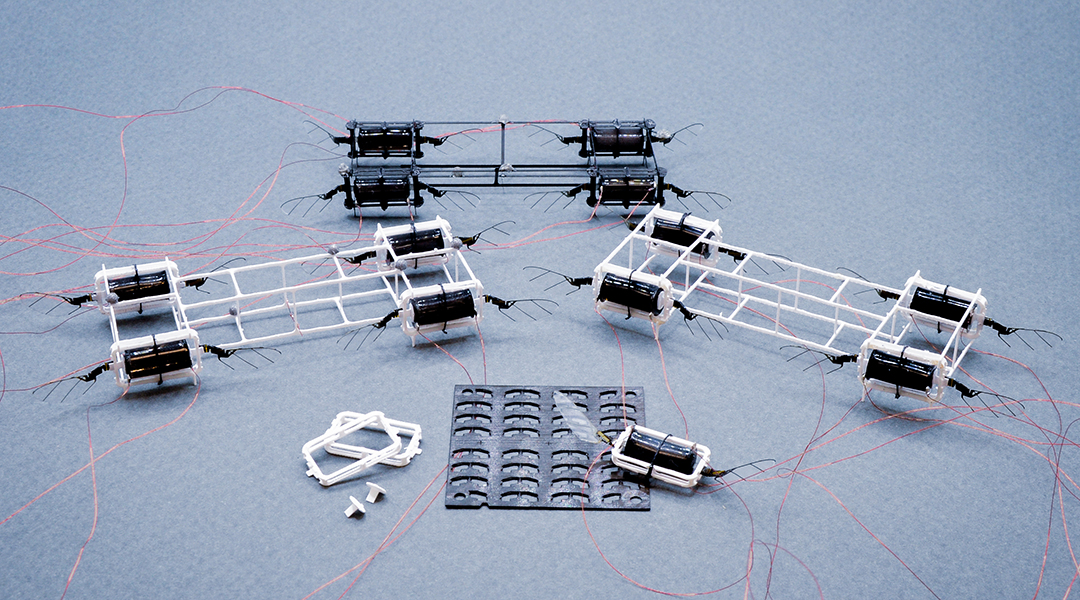
To make swarms of honeybee-sized robots, researchers propose new design and fabrication methods to cut down on time and resources.